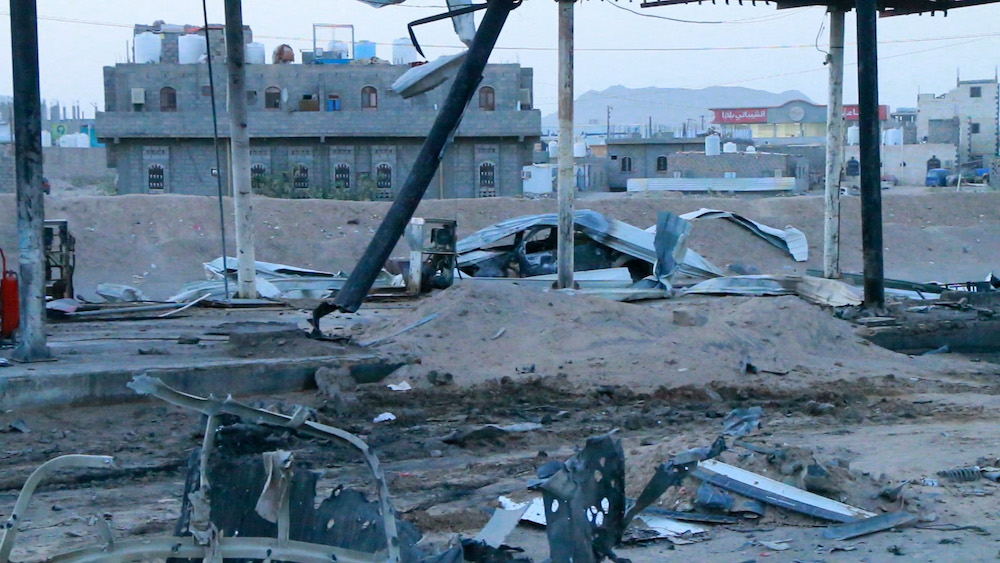Egypt, Sudan connecting Khartoum with Cairo-Cape Town rail line
CAIRO: Egypt is working with Sudan to connect the Cairo-Cape Town railway route to the Sudanese capital Khartoum, Kamel El-Wazir, Egypt’s transport minister, has said.
Speaking on Saturday at a forum for heads of African investment agencies in Sharm El-Sheikh, El-Wazir said that Egypt has taken “huge steps” to boost connectivity in Africa through infrastructure.
He said that the Egyptian government is constructing the Cairo-Cape Town railway line to connect Egypt with other African countries.
El-Wazir said that the Ministry of Transport is executing 360-kilometer rail lines inside Egyptian territory, in addition to a six-kilometer line across Nasser Lake to Wadi Halfa in Sudan.
The government is executing another line to connect the monorail stretching from Matrouh governorate with a special link to El-Saloum city, he said.
Egypt is also coordinating with the Libyan government to extend a railway line to the city of Benghazi, he said.
Efforts exerted to develop land transport networks, railways, as well as sea and land ports have improved Egypt’s rank in the Road Quality Index featured in the Ease of Doing Business’ latest report, El-Wazir said.
The report also underlined Egypt’s readiness to transfer its expertise in making smart roads to other African countries.
Dhieu Mathok Diing, South Sudanese minister of investment, said that his government hopes that South Sudan will be connected to Egypt via a railway line in two to three years after the Egypt-Sudan link is completed.
Diing said that Egyptian President Abdel Fattah El-Sisi’s announcement that he is committed to the African agenda for development, as well as Egypt’s launching of the Cairo-Cape Town railway line and the Investment Promotion conference are decisions that demonstrate Egypt’s keenness to develop African countries.
He said that South Sudan has “high hopes” for the Cairo-Cape Town railway line, adding that the areas which will be included in the project inside South Sudan have been developed.
Diing said: “Cooperation among Africa’s great economic powers like Egypt, South Africa and Nigeria with the rest of African countries makes us believe that we can achieve growth, development and African integration.”

Countdown begins to Egypt-Saudi Arabia power linkEgypt, Sudan seek global action to end Nile dam deadlock




